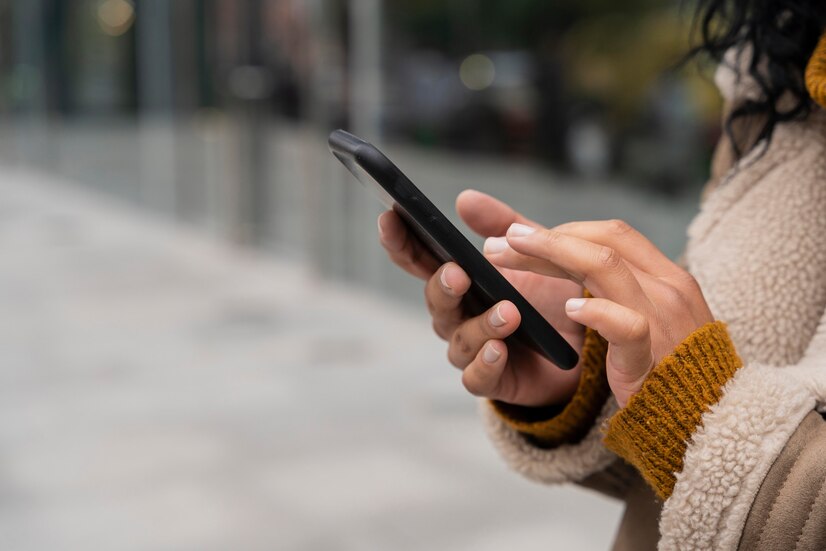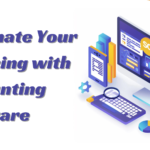Why You Should Have Low Balance Alerts
Many banks will automatically set up low-balance alerts for users. They will send an alert when your account balance in your checking or savings account dips below the standard threshold of $100. You don’t have to accept the $100 threshold. You can customize this alert to trigger when your balance hits a different threshold (for instance $200).
If you have turned off this feature with your online banking, you should turn it back on. Why?
Low balance alerts are extremely useful for checking accounts. They can prevent you from accidentally draining your available funds. You’ll know that you are close to having an empty account and you should be careful about making any further transactions. You may want to wait until your next payday before purchasing something expensive, or you may want to take action to replenish your balance (like transferring funds from another bank account).
These are the potential consequences that you could face without this alert on your checking account:
- Canceled transactions
- Overdraft fees or NSF fees
- Late fees
- Bounced checks
It’s not just useful for checking accounts. It’s useful for savings accounts, too. For instance, you’ll want to know that the savings account holding your emergency fund is almost empty. The alert will warn you that you can’t rely on the fund as a safety net in the near future — at least, not until you add more to the balance.
Without this alert, you may be caught unawares by an urgent expense and realize that you don’t have enough savings to resolve it.
You’ll have to look into alternative methods for handling your emergency, like charging the expense to your credit card or applying for a personal loan online. You can go to a website like CreditFresh to see whether you’re eligible to apply for a personal loan in your state of residence. If you are, you can send in an application and wait to find out whether you’re approved or not.
If you have a credit account connected to your online banking, you should have low-balance alerts set up for them. The low balance alerts will notify you when you’re close to reaching your credit limit. If you have only $100 worth of available credit left, the alert should trigger.
Reaching your credit limit is never a good idea. You won’t have any available credit anymore, including for emergencies. Credit accounts like personal lines of credit and credit cards can really come in handy when you’re facing urgent expenses out of the blue. If you don’t have enough funds available, you can use the credit to borrow the necessary funds quickly and then make repayments later.
There are other consequences that come with reaching your credit limit:
- Your debt load will be larger due to interest
- Your minimum payments will be larger
- Your bank could penalize you by increasing your interest rate
- Maxing out accounts can negatively affect your consumer credit score
Having the alert could warn you that you’re close to maxing out your account. This could stop you from making any purchases that would push you to that threshold. It could also encourage you to make a payment and bring down your outstanding balance as soon as possible.
Low-balance alerts are simple features that can do a lot for your finances. Set them up, now!

















